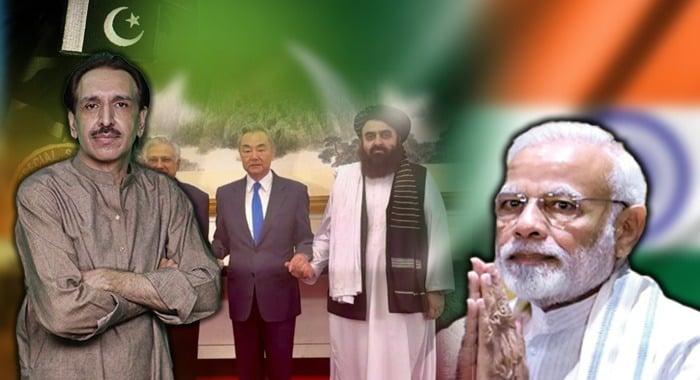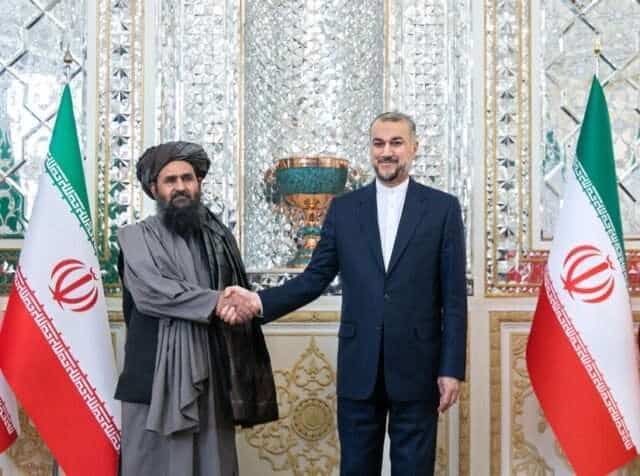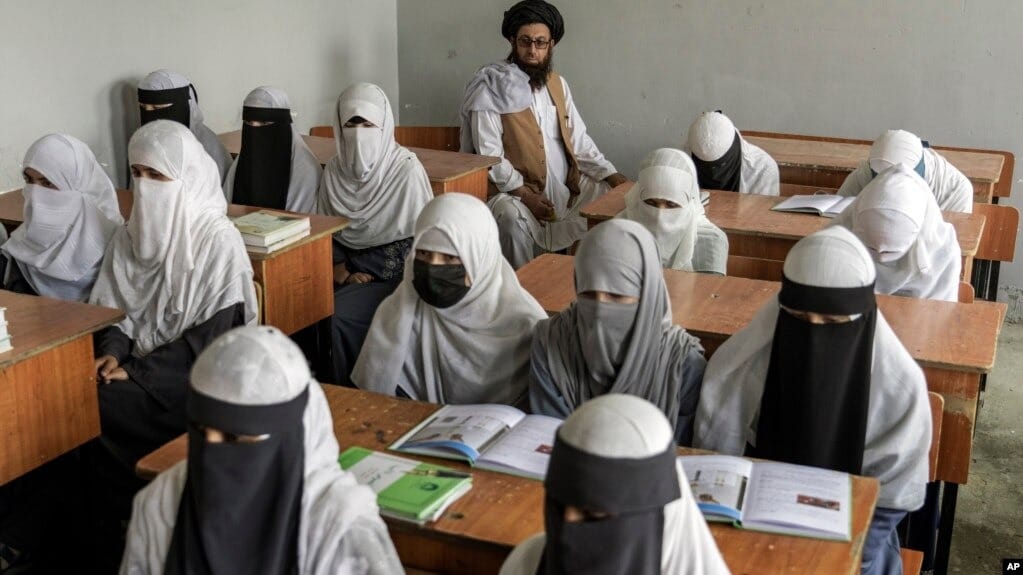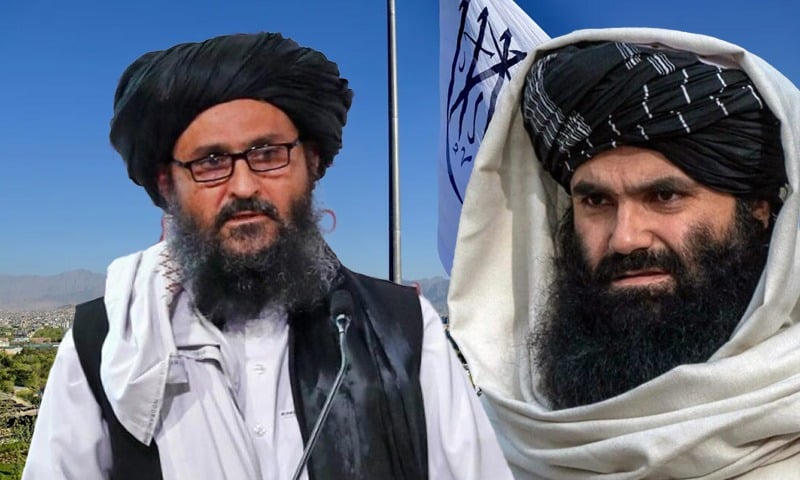Aqeel Yousafzai
Two powerful currents—one diplomatic, the other military—converged this week to mark a potential turning point in South-Central Asia’s long struggle against terrorism and instability. While Pakistan’s security leadership approved decisive new counter terrorism operations, an equally important agreement was reached in Beijing between Pakistan, China, and Afghanistan. Together, these developments represent the birth of a new regional doctrine—one that may finally bring coordinated peace, security, and economic progress to a war-fatigued zone.
The fifth trilateral meeting held in Beijing brought together Pakistan’s Deputy Prime Minister Ishaq Dar, Afghanistan’s Foreign Minister Amir Muttaqi, and senior Chinese officials. Their discussions culminated in a comprehensive framework to enhance border cooperation, strengthen intelligence sharing, and launch joint efforts against terrorism. The three nations also agreed to deepen economic ties and work collectively toward regional stability—concluding with the landmark decision to formally integrate Afghanistan into the China-Pakistan Economic Corridor (CPEC).
For China, this is more than diplomacy—it’s strategic investment. China’s push for regional stability stems from its need for secure access to Central Asia, and this is only possible if Pakistan and Afghanistan share peaceful, cooperative relations. A stable corridor through these countries not only secures China’s western front but also reinforces the viability of the Belt and Road Initiative.
The inclusion of Afghanistan in CPEC is a geopolitical milestone—and a message to regional adversaries like India. By pulling Kabul into the fold, China and Pakistan have diminished New Delhi’s influence in Afghanistan and curtailed the ability of hostile actors to use Afghan soil for destabilization. India’s long-standing strategy of using proxies against Pakistan, especially post-2001, has been severely disrupted. Even Indian media outlets and analysts have begun to acknowledge Islamabad’s growing diplomatic traction.
The trilateral commitment comes at a critical time. On the same day as the Beijing summit, a deadly terrorist attack struck Khuzdar, Balochistan, killing children and injuring 31. The coordinated timing of the attack seemed aimed at undermining diplomatic gains. However, Pakistan responded with both international condemnation and internal resolve.
The Corps Commanders’ Conference—led for the first time by Army Chief General Asim Munir—signaled a paradigm shift. The army approved broad-based operations across Balochistan and Khyber Pakhtunkhwa, expanding the scope beyond intelligence-based operations. The military’s decision reflects a realization that counterterrorism can no longer be reactive. Strategic, full-spectrum action is now essential.
Significantly, this shift comes with full political alignment. Where political fragmentation previously obstructed unified action, the events following May 10 have brought clarity. There is now a rare consensus among civil authorities, the armed forces, political parties, and even international allies. This unified front offers a real chance to dismantle terror networks and end the cycle of proxy warfare.
Pakistan’s operational resolve has also been matched with clarity in diplomatic messaging. Deputy PM Ishaq Dar’s strong stance in Beijing—and the joint commitment not to allow any country’s territory to be used against the other—reflects a shared regional understanding that sovereignty must be preserved through cooperation, not coercion.
For Pakistan, this evolving partnership is not just about security; it is about economic survival and growth. Without internal stability, trade corridors like CPEC cannot reach their full potential. China understands this, as does Afghanistan’s current leadership. The next trilateral meeting in Kabul promises to further institutionalize these commitments.
India, meanwhile, finds itself increasingly isolated. From international think tanks to former U.S. President Donald Trump, global voices have steadily acknowledged Pakistan’s sacrifices and contributions to regional stability. India’s attempts to justify cross-border aggression as anti-China or anti-Pakistan moves are wearing thin. The trilateral alignment now threatens to nullify its regional ambitions.
Yet, caution remains essential. Hostile elements will not stay silent. The Khuzdar attack is a grim reminder that terrorism is adaptive. But the signal from Islamabad is clear: this time, the response will be sustained, wide-ranging, and backed by regional consensus.
To date, Pakistan has conducted nearly 100 intelligence-based operations over the past two years. But what’s different now is the strategic environment: China and Afghanistan are not only watching—but actively participating in the stabilization process. With trilateral coordination, economic convergence, and broad political unity, the end of proxy wars may finally be within reach.
The decisions made in Beijing and Rawalpindi this week are not isolated; they are the pillars of a new doctrine—one that prioritizes collective security, regional connectivity, and the long-elusive goal of lasting peace.





